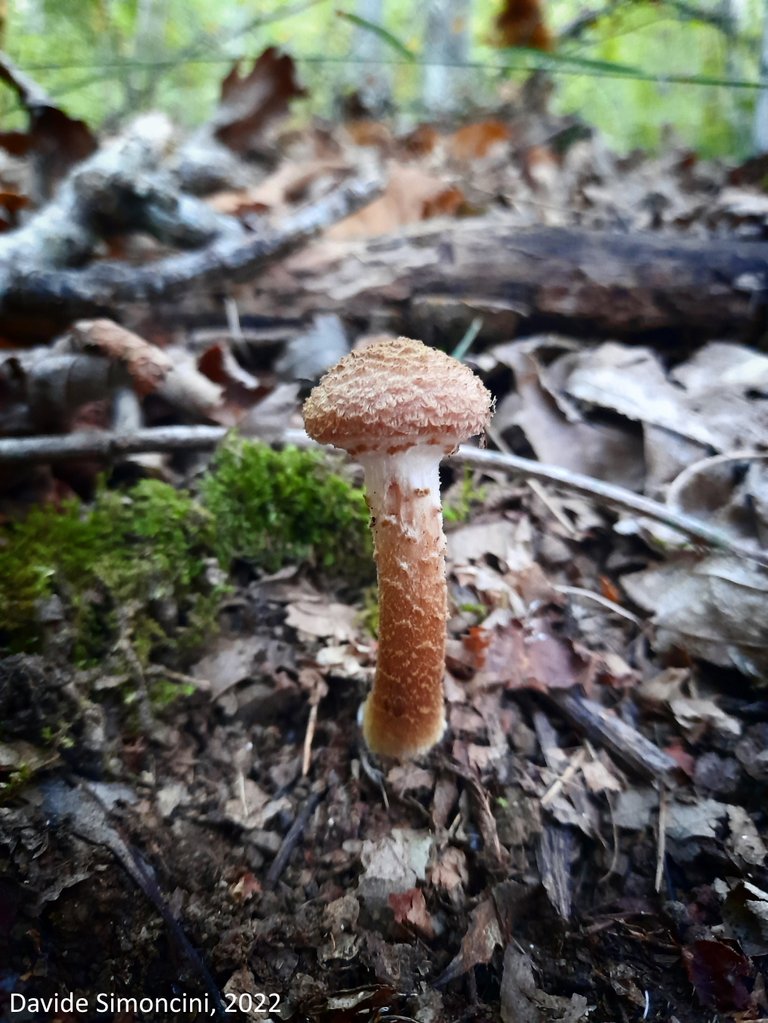A Fungi photostory - Wednesdaywalk
Hello!
Today I decided to share some photos taken with my smartphone a few days ago, during hours spent in a grove in the areas near where I live. Given the occasion, I decided to insert myself in the theme of the day: Wednesday Walk, a long-standing initiative launched by @tattoodjay and on which you can find out more by consulting his profile or the tag #wednesdaywalk. Being the main theme of this publication based on autumn fruits - the much loved or hated mushrooms - I decided to include this post also in the Fungi Lovers community.
The first clarification I want to make is: the specimens you find photographed below are for illustrative purposes only. DON'T CONSIDER THEM EDIBLE MUSHROOMS, BECAUSE THEY MAY NOT BE. All information is approximate, and I don't know the exact species: what you find in this post is for the sole purpose of providing a subjective idea.
Walking
One of the first specimens I found in the woods was attached to decaying deadwood, and I found several that I also portrayed later. For those who confuse it with the classic honey fungi, I warn that “no, it shouldn't be that”. A type of specimen that would seem much more similar to the mushrooms in my country we indicate as "Family mushrooms" is instead later, but we will see it shortly.

I also found several specimens of a species similar to the famous Parasol Mushroom, which some online users have indicated to me as of the same genus: Macrolepiota. However, I can't be sure, so don't rely on my interpretation to recognize it. Here is a first example, with a mamelon that is somewhat reminiscent of Macrolepiota Mastoidea.

And here the real specimen most similar to the genus of the little families, with the name Armillaria. The exact species is not certain, but the Cepistipes has been indicated to me as the most likely.

To reconfirm the idea, the fact that they have found them lonely or into groups of two only: a characteristic that appears more often in this species of mushroom.


Then, I met other specimens similar but not identical to the Macrolepiota genus, which could, however, be confused with some more insidious doubles. Below a baby, the most difficult to frame; then a larger specimen that some experts have indicated to me as similar to a specimen of Macrolepiota Konradii.


Below, some other specimens: someone like those seen at the start, others of which I don't know the species or genus.



And, finally, the other big hit of the day, the Craterellus Cornucopioides, renamed (from what I learned) as "Trumpet of the dead". I have portrayed a very small couple and a second much more dried up, almost in a state of decomposition. Its shape and color make it quite recognizable. However, remember not to consider my opinion as reliable, but instead consult an expert before approaching this as well as all the specimens mentioned above.


And nothing, I'm done for today. I hope I left you with a smile, and I wish you a good continuation of the day.
I greet you and give you an appointment at a future post.
Photo taken by smartphone | Automatic mode
Edited by Paint.net | Located in: Massa-Carrara